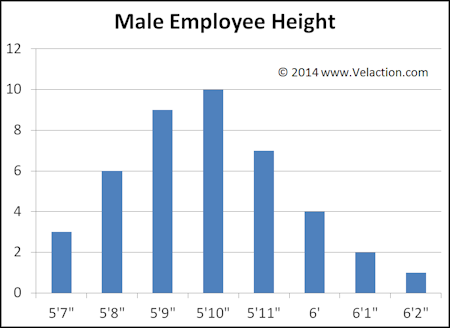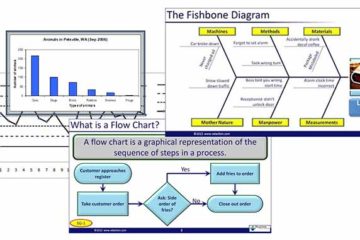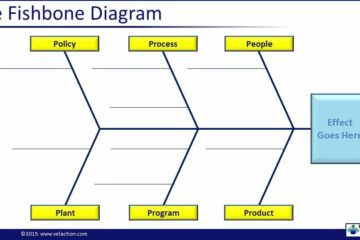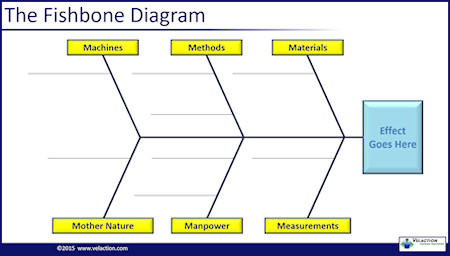Tribal Knowledge
Tribal knowledge is the unwritten collective wisdom of an organization. It refers to the tradition of tribes handing information down from generation to generation in the time before the written word was developed. In the same fashion, when information is not document properly, it must be passed from employee to Read more…




